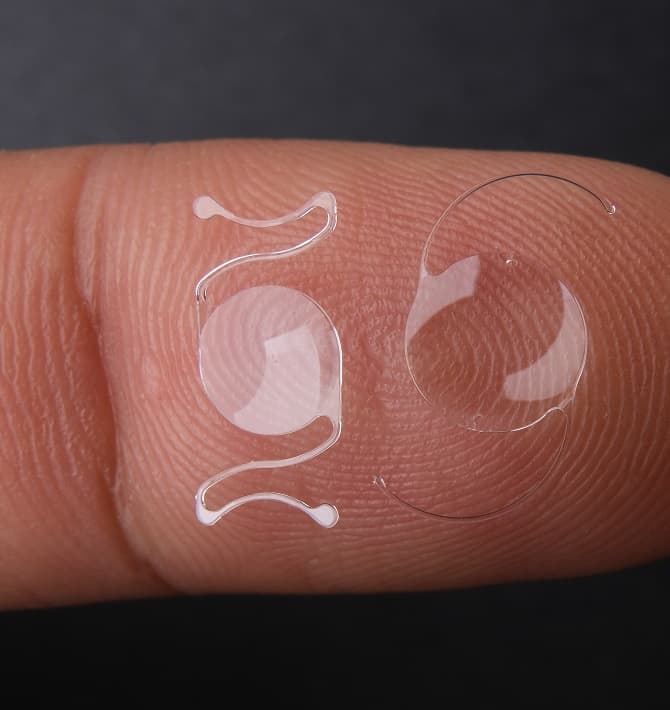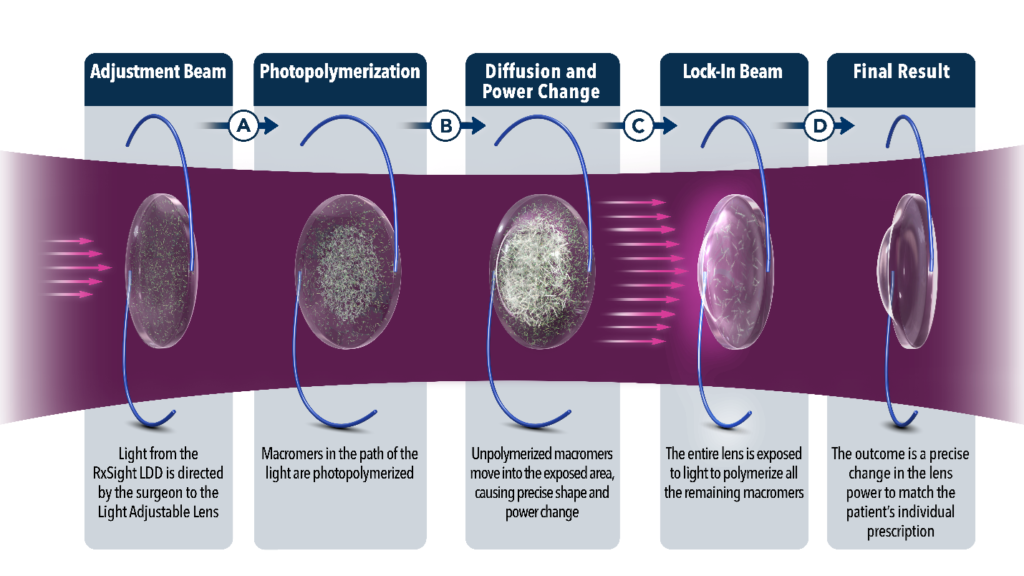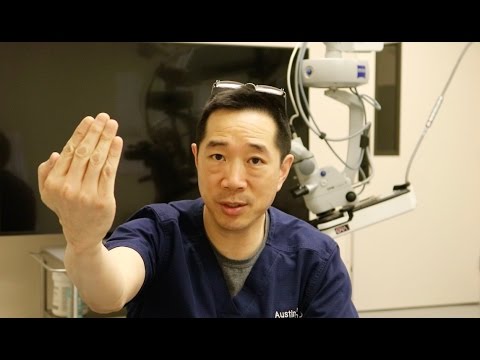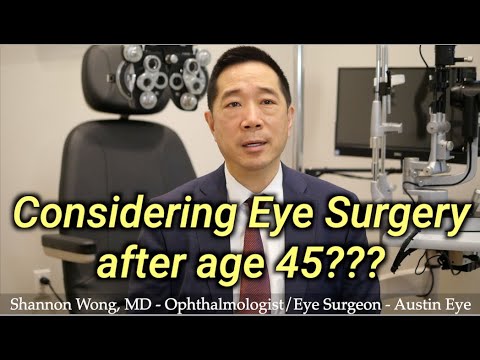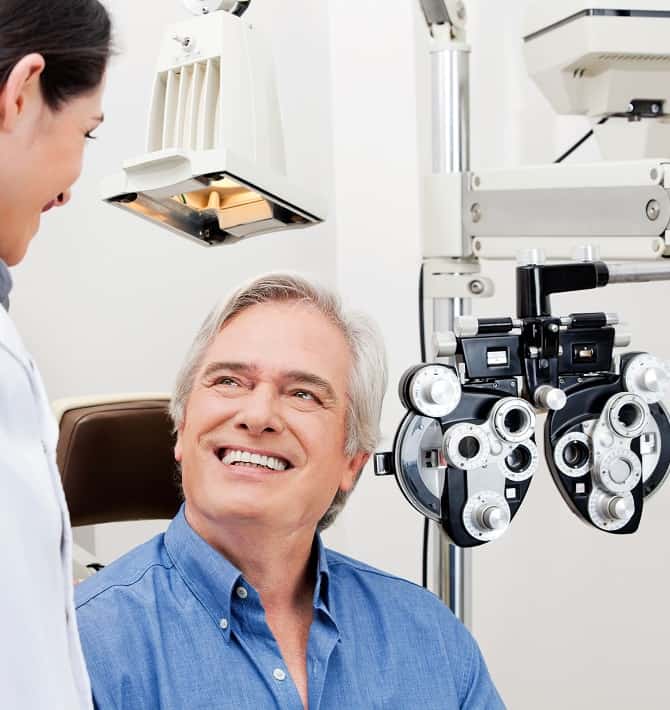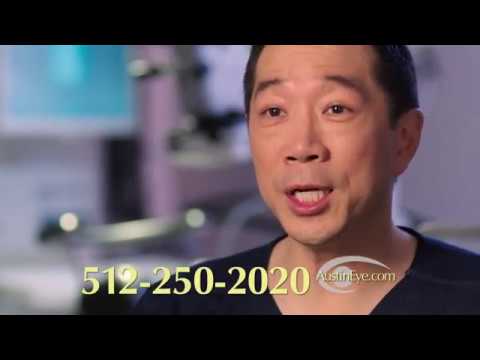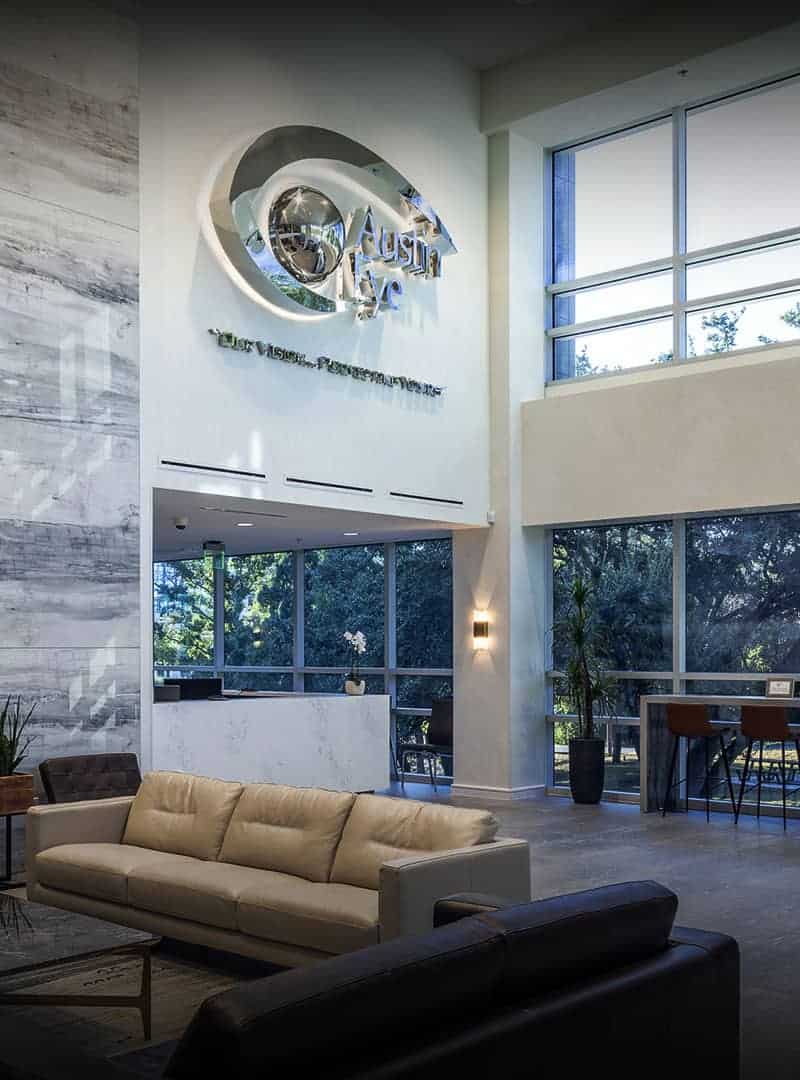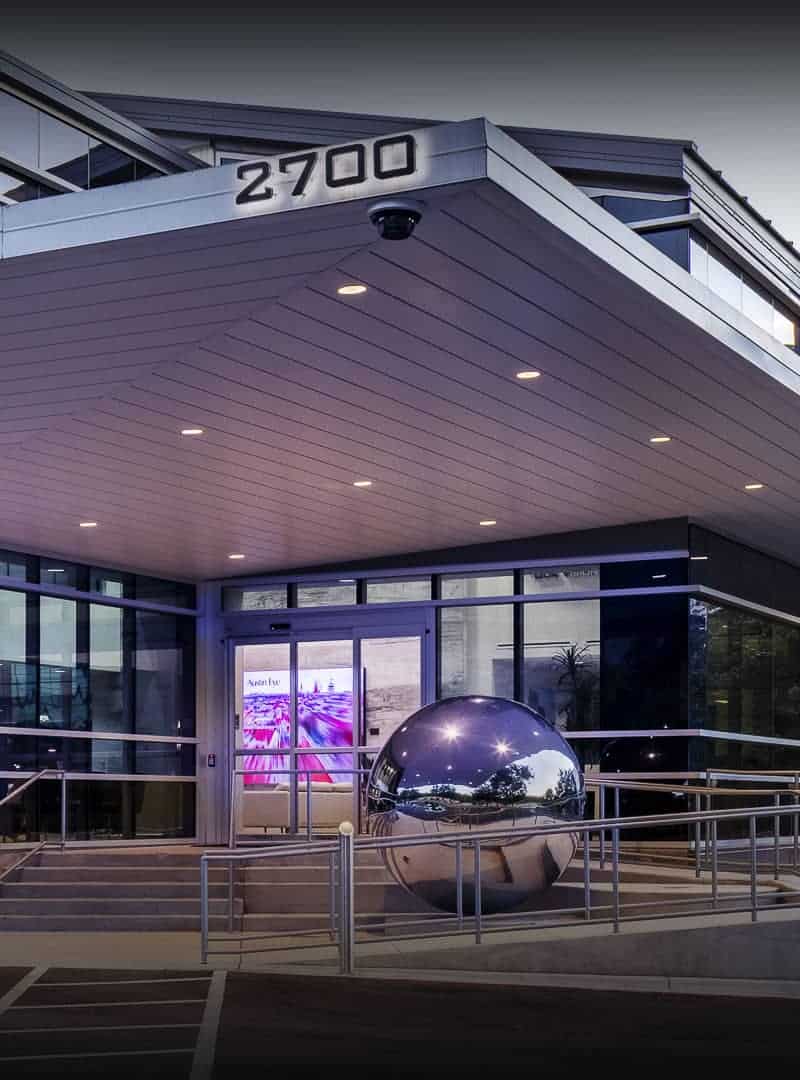Intraocular Lens Options in Austin
 *Fees cover: surgeon’s fee, operating room/surgical center fee, anesthesia fees, and additional refractive surgical procedures (Eg YAG capsulotomy, LASIK, intraocular lens exchange not including the light adjustable lens) for one year after the original surgical date
*Fees cover: surgeon’s fee, operating room/surgical center fee, anesthesia fees, and additional refractive surgical procedures (Eg YAG capsulotomy, LASIK, intraocular lens exchange not including the light adjustable lens) for one year after the original surgical date  *Fees cover: surgeon’s fee, operating room/surgical center fee, anesthesia fees, and additional refractive surgical procedures (Eg YAG capsulotomy, LASIK, intraocular lens exchange not including the light adjustable lens) for one year after the original surgical date
*Fees cover: surgeon’s fee, operating room/surgical center fee, anesthesia fees, and additional refractive surgical procedures (Eg YAG capsulotomy, LASIK, intraocular lens exchange not including the light adjustable lens) for one year after the original surgical dateLight Adjustable Lens by RxSight video
Your Premium Lens Replacement or Cataract Treatment Options
Most patients having premium lens replacement (PLR) have two lens options – A premium multifocal or extended depth of focus lens implant that will correct and optimize your vision without glasses at all distances or the astigmatism-correction package to see clearly far away (Eg Driving vision without glasses). Patients choosing the astigmatism-correction option will use glasses to see mid-range (computer) and near (reading a document).
Because it is not possible to guarantee 100% independence from glasses with any surgical procedure, we advise our PLR patients that “you may still wear some glasses, some of the time, for some activities.”
Intraocular Lens Insurance Considerations
Fortunately, Medicare and most insurance carriers consider cataract surgery, for a visually significant cataract, a medically covered procedure. They do not, however, consider reducing your dependence on glasses to improve your vision as a “medical necessity,” and therefore will not cover the cost associated with any of the intraocular lenses or procedures that are used to reduce your dependence on glasses.
If you have cataracts deemed medically or visually significant, Austin Eye will file your cataract surgery to your medical insurance. You will be financially responsible for any elective portion of the procedure as well as any copayments, deductibles or coinsurance dictated by your medical insurance. At Austin Eye, we provide affordable financing and monthly payment options to suit your budget and to make seeing clearly affordable.
How Premium Lens Replacement and Premium Cataract Surgery Work
Premium Lens Replacement (PLR) and Premium Cataract Surgery (PCS) with a premium lens implant is the latest and best ophthalmic technology used to achieve your personal best vision at all distances without glasses. Premium Lens Replacement or Cataract Surgery patients are able to see well far and near with minimal use of glasses.
This option includes:
- A premium technology intraocular lens to provide the greatest range of clear vision for long-distance tasks such as driving, watching TV or outdoor activities AND near vision tasks such as reading or computer work without glasses, in most instances
- Treatment of any astigmatism with the femtosecond laser or a diamond keratome
- Enhancement procedures at a reduced cost after surgery to fine-tune your vision for one year after the initial surgical procedure if deemed necessary by your surgeon
- Advanced diagnostic testing before surgery to image the retina and optic nerve
Premium Lens Replacement with Astigmatism-correction and Premium Cataract Surgery with Astigmatism-correction
Premium Lens Replacement with Astigmatism-Correction and Premium Cataract Surgery with Astigmatism-correction uses the best technology to achieve your personal best vision to see clearly far away without glasses. Patients are able to watch TV and drive without glasses. Glasses will need to be used for mid-range and near tasks such as computer and reading.
This option includes:
- Treatment of any astigmatism with the diamond keratome combined with an aspheric lens implant or an astigmatism-correcting implant to optimize vision for long-distance tasks such as driving, watching TV or outdoor activities. Reading glasses are required.
- Enhancement procedures at a reduced cost after surgery to fine-tune your vision for one year after the initial surgical procedure if deemed necessary by your surgeon
- Advanced diagnostic testing before surgery to image the retina and optic nerve
How Basic Cataract Surgery Works
Basic Cataract Surgery (BCS) will improve your vision at all distances with the use of glasses. Patients will wear glasses full-time to correct any residual nearsightedness, farsightedness, or astigmatism following cataract surgery.
This option includes:
- Manual cataract surgery performed at our outpatient surgery center
- A monofocal, aspheric lens implant which will improve your vision with the use of glasses at all ranges
PCS with PLR Procedure Details
Premium Lens Replacement (PLR) and Premium Cataract Surgery (PCS) are performed in our own, dedicated and fully-certified ambulatory surgery center. You will be in our office for approximately 2 hours, although the surgical procedure itself only takes between fifteen to twenty minutes.
Our surgeons use the best and latest innovations in cataract surgery, such as state-of-the-art surgical instrumentation, topical eye-drop anesthesia (no shots, IV or anesthesiologist), suture-free incisions, and foldable intraocular lenses.
Treating Your Astigmatism
Astigmatism is present when the cornea, or front window of the eye, is curved into an oval rather than spherical shape. A spherical cornea allows your eye to see images crisp, clear and sharp. A cornea with astigmatism will cause blurred or shadowed images at all distances. Many people have astigmatism. You may have astigmatism and not even know it. It can occur along with nearsightedness and farsightedness and, if present, will blur your vision at all distances.
When the lens or cataract is removed, if you have any remaining astigmatism, you will experience blurred vision that will require you to wear glasses full-time to see clearly at all distances. You may opt to have your astigmatism corrected during your cataract or lens replacement procedure to reduce your dependence on glasses.
Both of our premium lens replacement or premium cataract surgery packages involve the use of a diamond-keratome and/or astigmatism-correcting lens implants to help reduce or eliminate your astigmatism so you see more clearly without glasses.
Premium Cataract Surgery Recovery
Premium lens replacement and cataract surgery is an outpatient procedure. Typically patients are able to see improvement in their vision almost immediately. Complete visual recovery varies from patient to patient, but most patients return to their normal daily activities within a day or two.
Our eye care team at Austin Eye strives to provide you with the best possible patient experience, highest level of care and visual outcomes possible. We are always available to answer any questions you may have or to provide you with additional information regarding the risks associated with your surgery. We appreciate your trust and confidence in choosing Austin Eye!
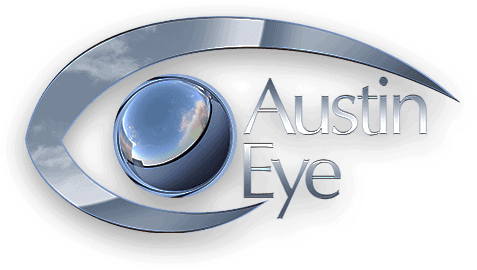

The Mitchel and Shannon Wong Eye Institute

The Mitchel and Shannon Wong Eye Institute, recently created at the Dell Medical School, is poised to become a leading-edge center for training future ophthalmologists and providing patients with the best medical and surgical eye care possible.
Contact Austin Eye Today
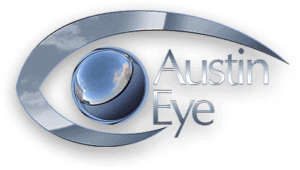
11901 Jollyville Road
Austin, TX 78759
Phone: (512) 250-2020
Fax: (512) 250-2612
Click here to fly-through our Austin Eye locations
Office Hours
Monday – Thursday 8am – 6pm
Friday 8am – Noon
Saturday/Sunday Closed
Northwest Office
Westlake Office
Westlake Office

